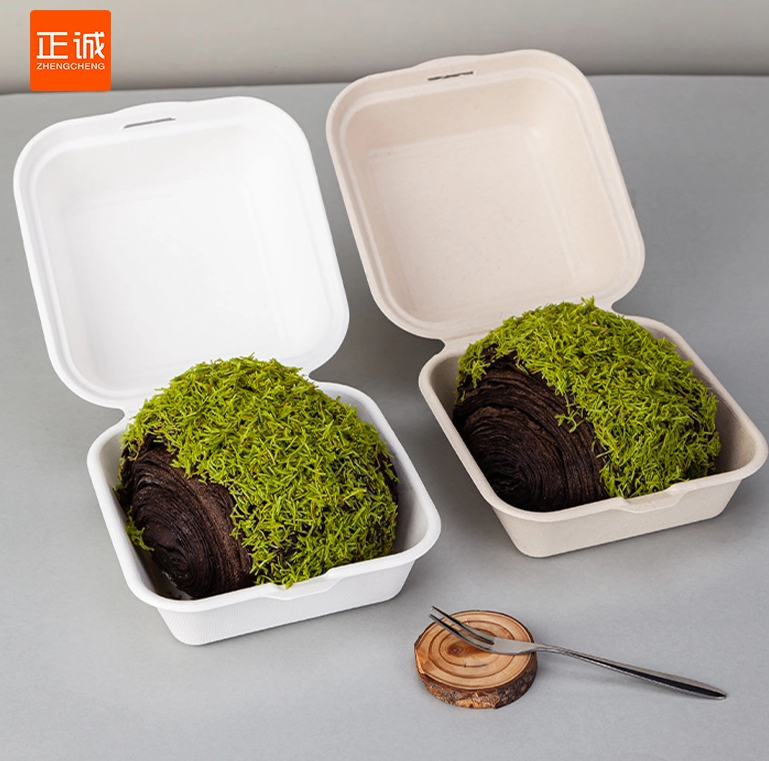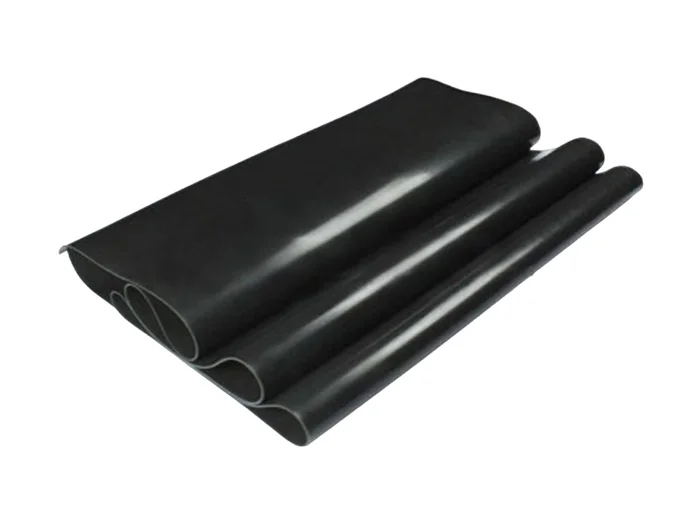Unclogging the Mystery: How to Identify a Clogged Printhead with Precision
3 min readIn the world of printing, the printhead is a critical component that directly influences the quality of your printed materials. A clogged printhead can lead to unsatisfactory print results, including streaks, faded colors, and even complete print failures. Understanding how to identify a clogged printhead is essential for maintaining optimal printer performance and ensuring high-quality outputs. In this article, we will delve into the signs of a clogged printhead, the underlying causes, and effective troubleshooting techniques to restore your printer to its full potential.
Recognizing the Signs of a Clogged Printhead
- Inconsistent Print Quality
One of the most immediate indicators of a clogged printhead is inconsistent print quality. If you notice that certain colors are missing or that your prints exhibit streaks or lines, this could be a sign of a blockage within the printhead. Pay close attention to color accuracy and saturation; a clogged printhead often results in faded or uneven colors. - Frequent Paper Jams
While paper jams can occur for various reasons, a clogged printhead can exacerbate the issue. When ink cannot flow freely through the printhead, it may cause excess pressure that leads to paper misfeeds or jams. If you find yourself frequently clearing jams, it’s worth investigating the condition of your printhead. - Error Messages
Many modern printers are equipped with diagnostic features that can alert users to potential issues. If your printer displays error messages related to ink levels or print quality, it may be indicative of a clogged printhead. Always refer to your printer’s manual for specific error codes and their meanings. - Test Print Results
Most printers have a built-in utility for performing test prints or nozzle checks. This feature allows you to assess the functionality of the printhead. If the test print shows gaps or missing colors, it is a strong indication that the printhead is clogged and requires attention.
Understanding the Causes of Clogged Printheads
- Dried Ink
One of the primary causes of clogged printheads is dried ink. This is particularly common in inkjet printers that are not used frequently. When ink sits in the printhead for extended periods, it can dry out and form a blockage. Regular use of the printer can help mitigate this issue. - Low-Quality Ink
Using low-quality or incompatible ink cartridges can lead to clogging. These inks may not have the same viscosity or formulation as the original manufacturer’s ink, resulting in poor flow and increased likelihood of clogs. Always opt for high-quality, compatible ink cartridges to ensure optimal performance. - Environmental Factors
Environmental conditions such as humidity and temperature can also affect printhead performance. High humidity can cause ink to become too fluid, while low humidity can lead to rapid drying. Maintaining a stable environment for your printer can help reduce the risk of clogs.
Troubleshooting Techniques for Clogged Printheads
- Perform a Printhead Cleaning Cycle
Most printers come equipped with a cleaning utility that can help clear minor clogs. This process typically involves the printer running a series of cleaning cycles to flush out dried ink. It’s advisable to perform this cleaning cycle a few times if you suspect a clog. - Manual Cleaning
For more stubborn clogs, manual cleaning may be necessary. This involves removing the printhead (if possible) and gently cleaning it with a lint-free cloth and a suitable cleaning solution, such as distilled water or isopropyl alcohol. Be sure to follow the manufacturer’s guidelines to avoid damaging the printhead. - Soaking the Printhead
In cases of severe clogging, soaking the printhead in a cleaning solution can be effective. Place the printhead in a shallow dish with cleaning solution and allow it to soak for several hours. This can help dissolve dried ink and restore functionality. - Regular Maintenance
Preventive maintenance is key to avoiding clogged printheads. Regularly print test pages, use the printer frequently, and keep the printer clean and dust-free. Additionally, consider using a printer cover to protect it from environmental factors when not in use.
Conclusion
Identifying a clogged printhead is crucial for maintaining the quality and efficiency of your printing tasks. By recognizing the signs, understanding the causes, and employing effective troubleshooting techniques, you can ensure that your printer remains in optimal condition. Regular maintenance and prompt attention to potential issues will not only extend the life of your printer but also enhance the quality of your printed materials. Remember, a well-maintained printhead is the key to achieving vibrant, high-quality prints every time.


